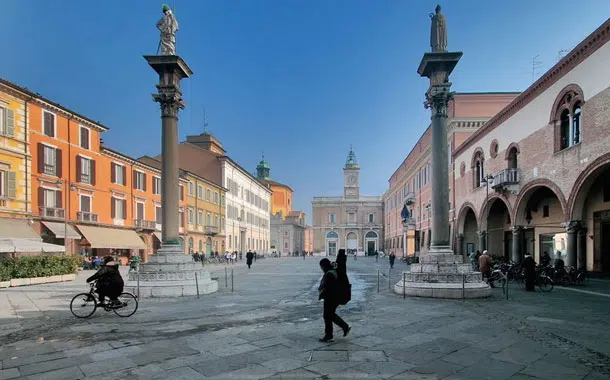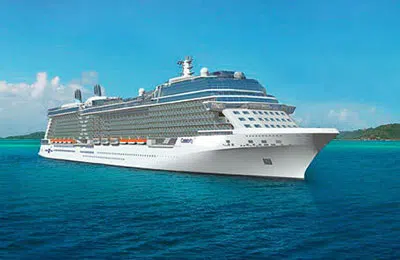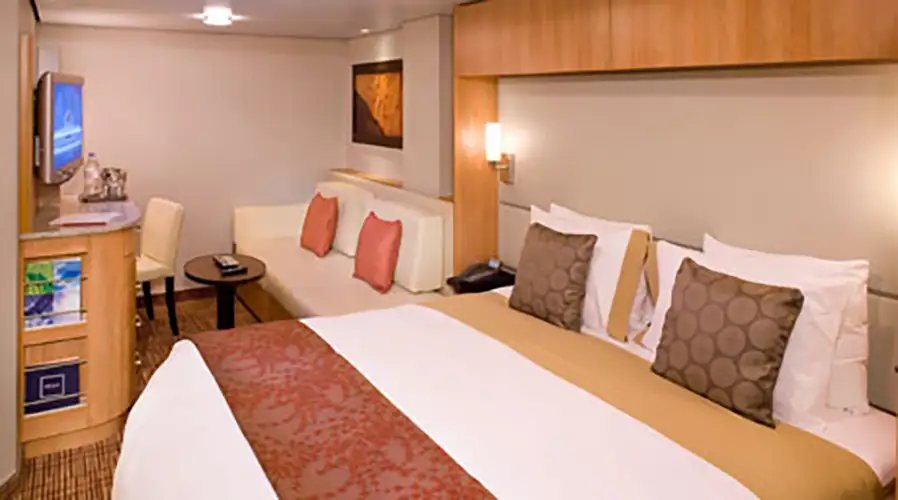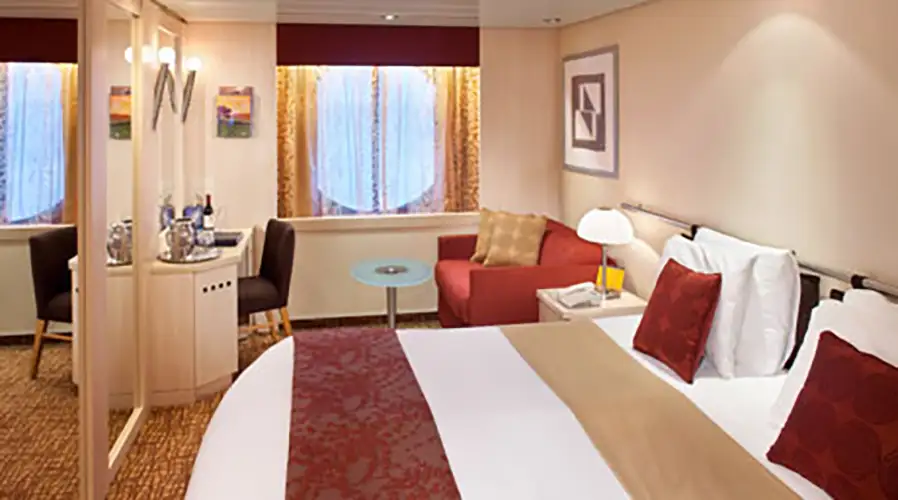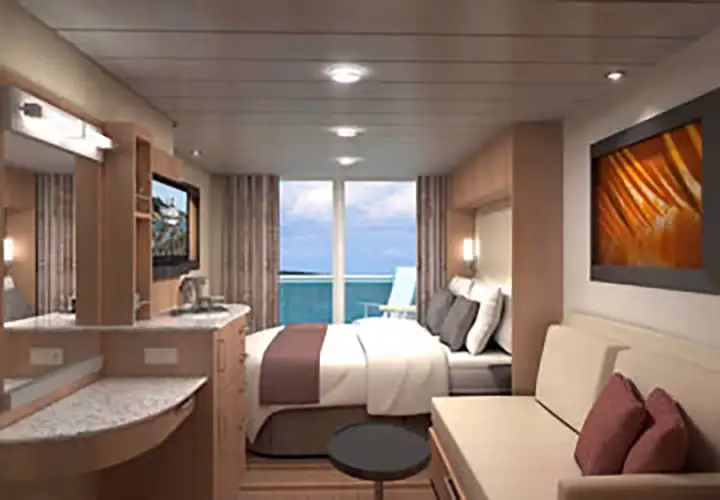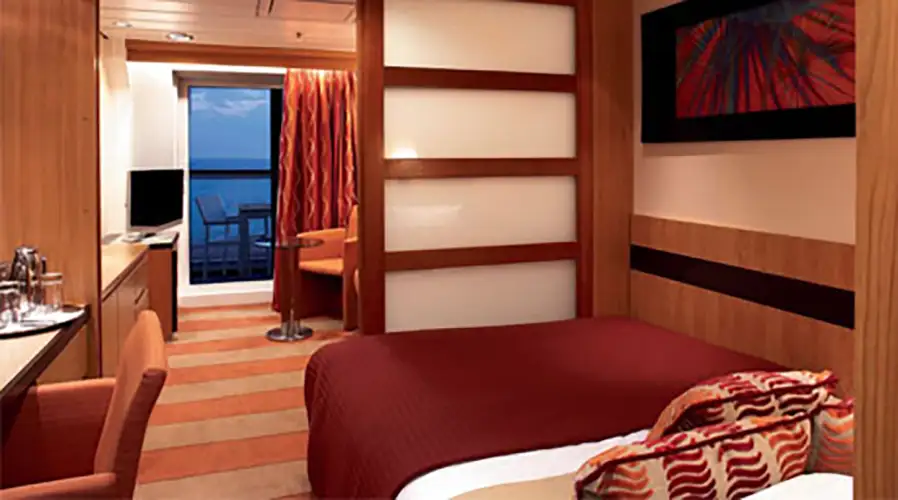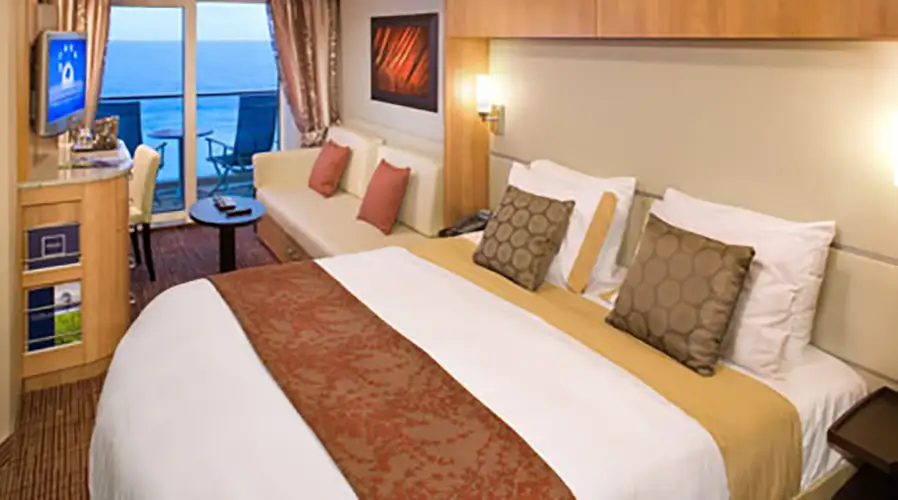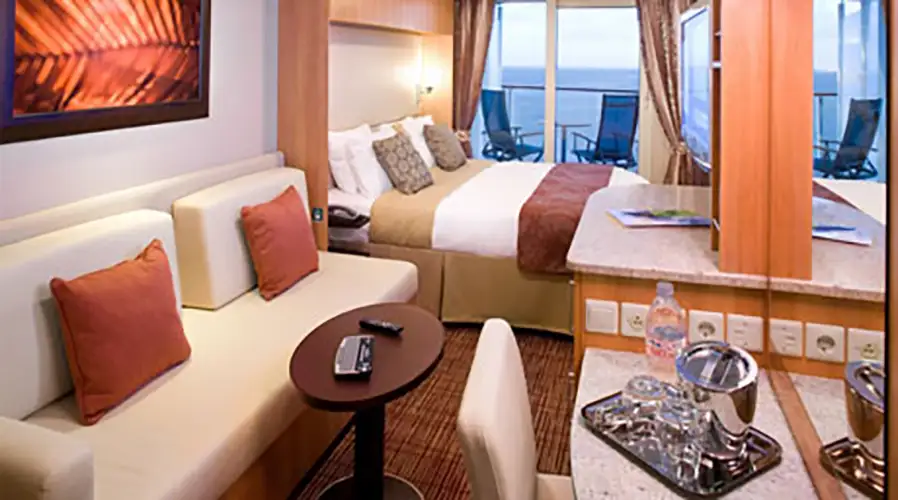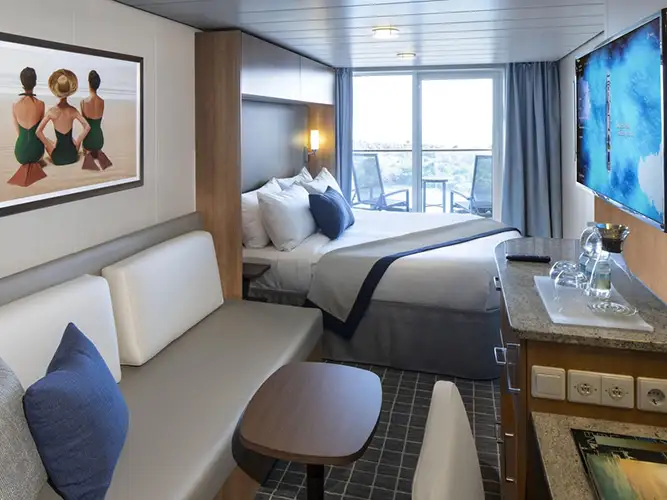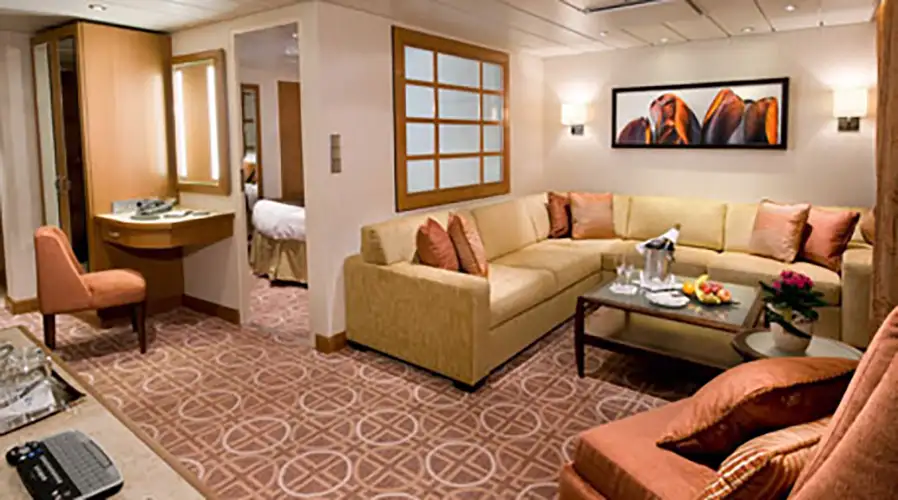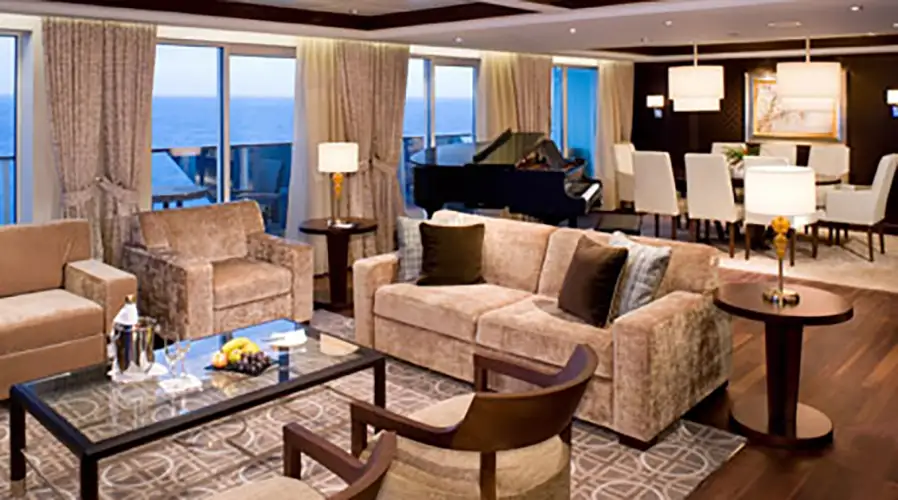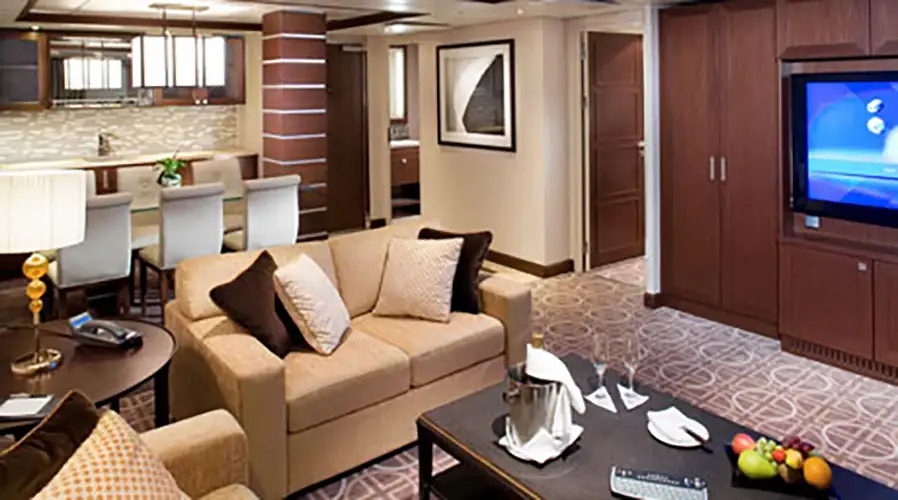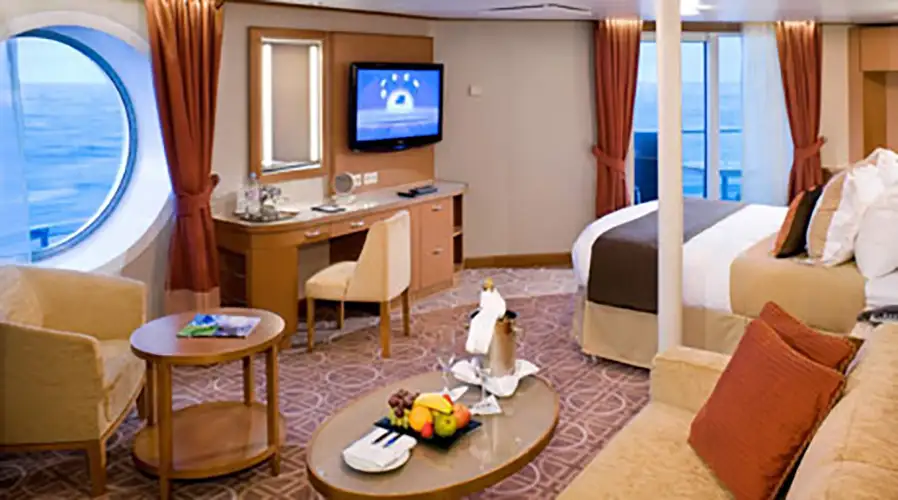Celebrity Cruises Mediterranean: 12 nights from Athens with Celebrity Eclipse
07 Sep 2025
Greece, Malta, Montenegro, Croatia, Italy
from R 310 862
Price per person
Cruise itinerary
Departure Port: Athens ➞
Landing: Ravenna
-
Sunday, 07 September 2025 - 5:00 PMAthens
-
Monday, 08 September 2025 7:00 AM - 6:00 PMMykonos
-
Tuesday, 09 September 2025 7:00 AM - 8:00 PMSantorini
-
Wednesday, 10 September 2025 8:00 AM - 5:00 PMChania
-
Thursday, 11 September 2025 8:00 AM - 5:00 PMRhodes
-
Friday, 12 September 2025Navigation
-
Saturday, 13 September 2025 8:00 AM - 7:00 PMValletta
-
Sunday, 14 September 2025Navigation
-
Monday, 15 September 2025 8:00 AM - 5:00 PMKotor
-
Tuesday, 16 September 2025 7:00 AM - 6:00 PMDubrovnik
-
Wednesday, 17 September 2025 9:00 AM - 8:00 PMSplit
-
Thursday, 18 September 2025Navigation
-
Friday, 19 September 2025 6:00 AMRavenna
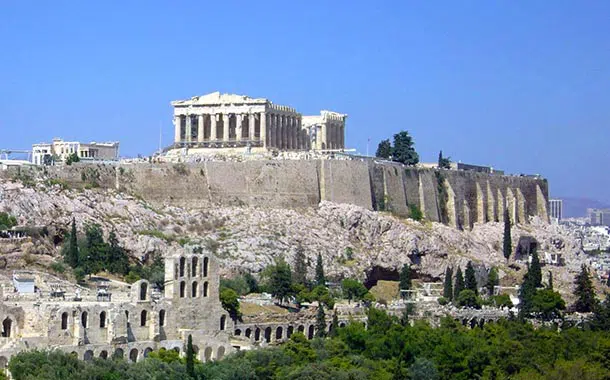
Athens
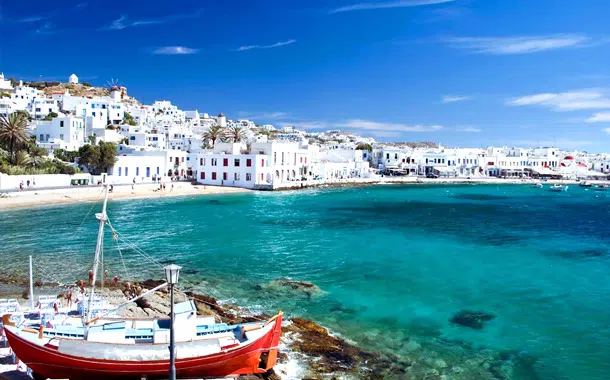
Mykonos
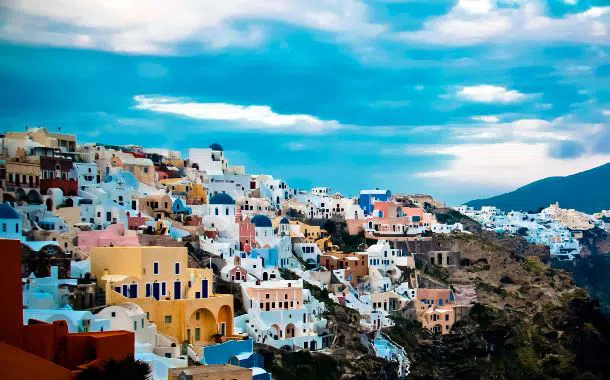
Santorini
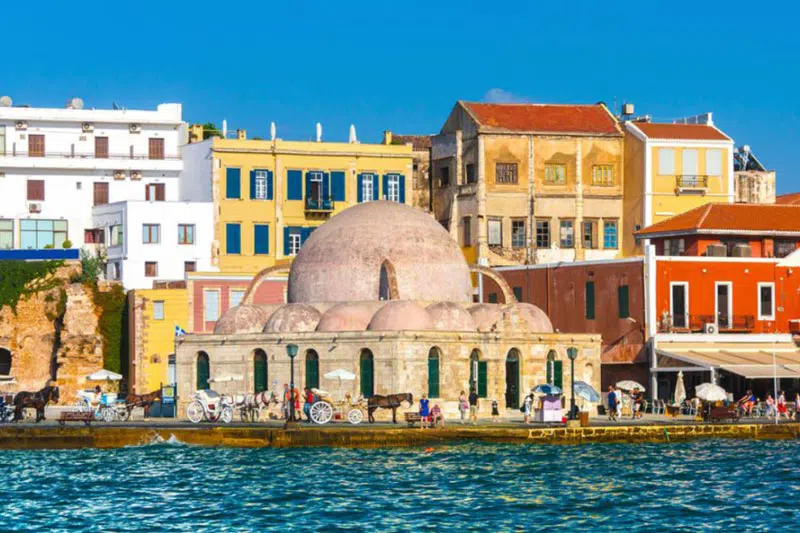
Chania
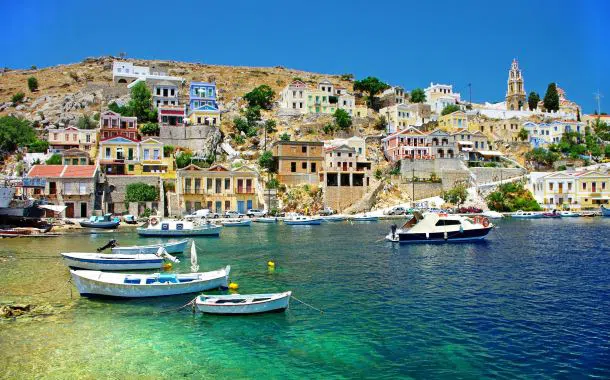
Rhodes
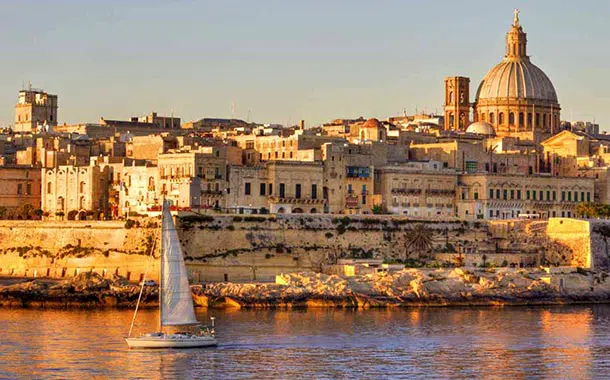
Valletta
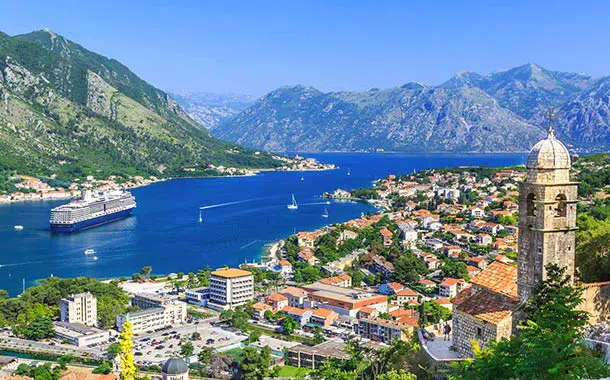
Kotor
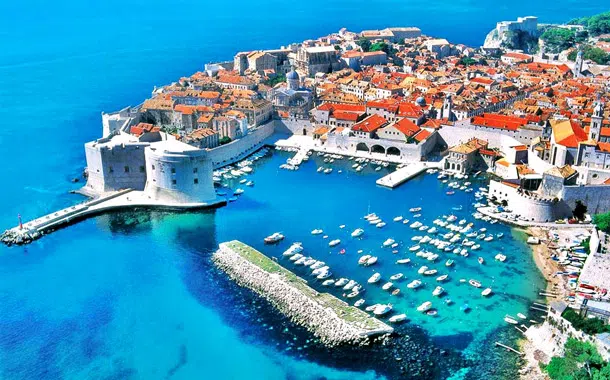
Dubrovnik
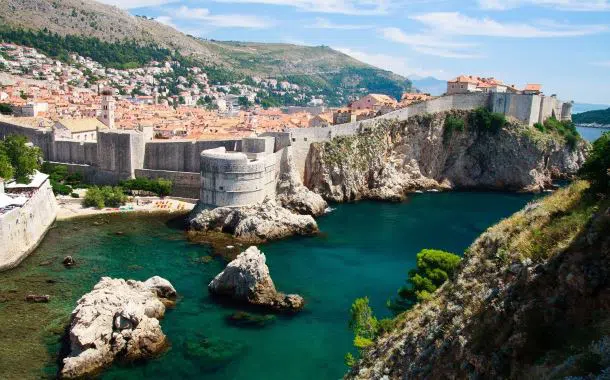
Split
